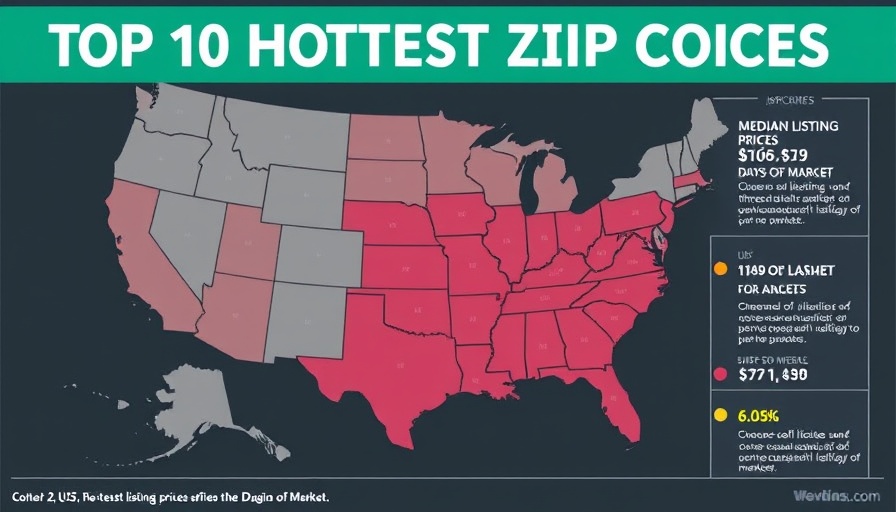
The Shifting Landscape of Domestic Migration in America
As the remnants of the COVID-19 pandemic linger, the phenomenon of domestic migration highlights a significant shift in where Americans choose to live and work. In 2020, the mass work-from-home movement prompted many working professionals to leave busy urban centers like New York City and Boston for smaller, quieter towns. This trend is not just an anecdotal observation; it reflects a profound change in population dynamics, particularly throughout the New England region.
Understanding the Impact of Increased Migration
As more urban residents relocate, smaller communities are witnessing a surge in population that is reshaping their economic landscapes. The impact isn’t merely statistical—these changes can affect everything from school enrollment to local business dynamics. Communities like Nashua, NH, and Derry, NH, have recently entered national conversations, particularly with six New England zip codes ranking among the hottest in the country. This shift presents opportunities for brands and retailers seeking to capitalize on these emerging markets.
Demographic Shifts and Retail Growth
The influx of higher-income individuals into small towns has distinct implications for local economies and retail sectors. As newcomers arrive, they often seek familiar brands, creating a demand for retailers that didn't previously exist in smaller markets. The New England region, boasting significantly higher median incomes than many other areas, is now attracting a different kind of shopper. Retailers looking to expand into these areas may find that their typical clientele is shifting dramatically.
Inflation's Role in Retail Trends
An interesting side effect of this migration is the dramatic uptick in demand for discount stores. With inflation driving up prices, many consumers are turning to cheaper alternatives for daily necessities. This is reflected in the sales of dollar store chains, which have seen weekly traffic rates between 10% and 29% above pre-pandemic levels. In this context, the New England region appears underserved by discount retailers, opening the door for potential market entrants.
Future Directions for Communities and Businesses
As the population dynamics continue to evolve, the long-term implications of domestic migration will be significant. For local businesses and municipalities, understanding how to adapt to these demographic changes will be crucial. It is important for stakeholders to consider how these trends will influence community services, infrastructure needs, and economic strategies moving forward.
 Add Row
Add Row  Add
Add 




Write A Comment